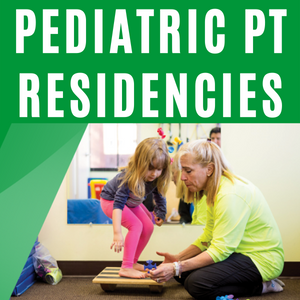Back
On Demand
Neonatology
Implementing Evidence-based Motor Assessments of Infants at High Risk for Cerebral Palsy: A Quality Improvement Initiative
ON DEMAND

Ashley Pinger, PT, DPT, PCS
Physical Therapist
Cincinnati Children's Hospital Medical Center
Cincinnati, Ohio
Gretchen Mueller, PT, DPT
Physical Therapist
Cincinnati Children's
Springboro, Ohio
Lead Speaker(s)
Speaker(s)
In 2017, international guidelines for utilization of evidence-based assessments for early detection of cerebral palsy (CP) in infants less than two years old was published. Within these guidelines, the General Movements Assessment (GMA) was identified as the most valid assessment for early diagnosis of CP in an infant less than five months old. Infants who demonstrate neonatal risk factors requiring admission to the newborn intensive care unit (NICU) are at highest risk for CP. Early detection of CP is vital for initiation of CP-specific interventional therapies which have the potential to improve a child’s motor skills and functional mobility.
Implementation of the guidelines across multiple settings within a large medical center requires standardization of processes, those of which are met with barriers along the way. The presenters will discuss the utilization of multiple quality improvement tools including process maps, key driver diagrams, and plan-do-study-act cycles which proved to be crucial for implementation of the GMA in the NICU and NICU Follow-up clinic settings. Run charts which detail the progression of GMA completion percentage in each setting based on the interventions will be shared. Participants will have the opportunity to begin applying the identified quality improvement tools for use in their own clinical setting to support early detection of CP.
Implementation of the guidelines across multiple settings within a large medical center requires standardization of processes, those of which are met with barriers along the way. The presenters will discuss the utilization of multiple quality improvement tools including process maps, key driver diagrams, and plan-do-study-act cycles which proved to be crucial for implementation of the GMA in the NICU and NICU Follow-up clinic settings. Run charts which detail the progression of GMA completion percentage in each setting based on the interventions will be shared. Participants will have the opportunity to begin applying the identified quality improvement tools for use in their own clinical setting to support early detection of CP.
Learning Objectives:
- Understand the importance of the GMA in the neonatal population and its use as a clinical tool to objectively discuss therapeutic and neuromotor concerns with the medical team and family.
- Understand how standardized quality improvement processes can be implemented to increase use of the GMA with medically complex neonates.
- Identify at least one quality improvement tool that can be utilized in your own practice setting in order to facilitate the early detection of CP for infants identified as high risk.

.png)
.png)
.png)
.png)
.jpg)
.png)

